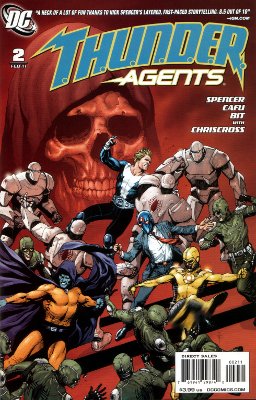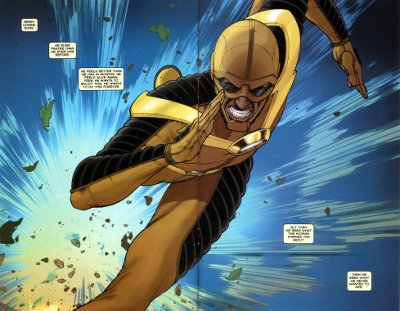Yeah, I’m way behind on reviewing The Flash. I thought about jumping straight in with #11 this week, but I decided I’d try to catch up if possible. Even if it is close to midnight.
So, the first two chapters of “The Road to Flashpoint,” by Geoff Johns and Francis Manapul…
Flash #9
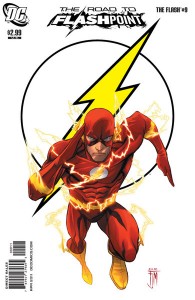 This was a fun issue, with some nice shout outs for long-term readers, but didn’t feel like it had much substance. It was the first issue to feature DC’s new, shorter page count (20 pages instead of 22), which may have something to do with it. On the other hand, I remember reading the latest issue of The Unwritten the same night, which had so much going on that I didn’t even notice it was shorter than usual. I actually counted pages to verify.
This was a fun issue, with some nice shout outs for long-term readers, but didn’t feel like it had much substance. It was the first issue to feature DC’s new, shorter page count (20 pages instead of 22), which may have something to do with it. On the other hand, I remember reading the latest issue of The Unwritten the same night, which had so much going on that I didn’t even notice it was shorter than usual. I actually counted pages to verify.
I still love Francis Manapul’s art, and the large panels and splash pages help it shine, but I’m really starting to feel like pacing is becoming a problem. (More about that with #10.)
It was great to see Wally, Jay and the rest, even if only for a couple of pages. I’d like to see them actually do something by the end of this storyline, though.
The rift between Barry and the “real cops,” as Detective Jerkwad calls them, was infuriating…but sadly all too realistic. No one likes to get caught abusing their position, and it takes effort to move past “I’ve been caught” to “I need to change what I’m doing”…and the type of person who would frame innocents just to look like he’s doing his job probably wouldn’t be interested in making that leap.
Hot Pursuit’s real identity was unexpected, and kind of cool at first, but started to grate a little during the following issue.
Flash #10
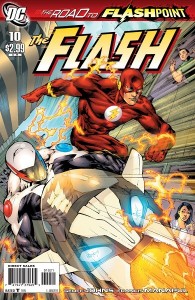 To be honest, I was really underwhelmed by this one. Fully half the issue was exposition. Not just exposition, but a bunch of guys standing around talking. In a book that’s supposed to be “all about speed.” And the exposition isn’t even really for this storyline, it’s for another story that’s coming up.
To be honest, I was really underwhelmed by this one. Fully half the issue was exposition. Not just exposition, but a bunch of guys standing around talking. In a book that’s supposed to be “all about speed.” And the exposition isn’t even really for this storyline, it’s for another story that’s coming up.
Sure, I know the story is called “The Road to Flashpoint,” but it’s starting to feel like these four issues of The Flash are only a prologue, and not a story in its own right. Okay, long prologues worked for Robert Jordan (as he got further into The Wheel of Time, the prologues to each novel approached a hundred pages and were released ahead of time as stand-alone eBooks), but I feel like the book is in a holding pattern.
Fortunately, the second half of the issue was a lot more engaging…which is odd, because it dropped all elements of super-heroics and super-speed to become a purely character-driven police procedural….and again featured a lot of standing around talking. Other reviews I’ve seen have made similar comments, and I think they’re right that it’s a matter of matching the storytelling style with the genre.
I like that Geoff Johns has updated Patty Spivot* into a full-fledged police scientist in her own right, rather than leaving her as a lowly lab assistant, and the interaction between the two former colleagues was a great mix of awkwardness, joy, slipping into old roles, and establishing new boundaries. I especially liked the understated moment where Patty says to Barry, “I didn’t know…you were back,” rather than coming out and saying, “I didn’t know you were alive” — it’s got to be strange to get a phone call from an old friend you thought had died** years ago.
The last scene between Barry and Bart, though, where Bart asks Barry if he’s avoiding him (and Barry dodges the question), comes close.
Hot Pursuit talking about another story? Not so much. OK, he’s got a cool super-speed bike that transforms into a night stick that projects holograms. But the concept of a super-speed time cop is, so far, more interesting than the execution.
I do see some interesting parallels with “Chain Lightning” and the Dark Flash saga. “Chain Lightning” featured someone who looked exactly like Barry Allen. The Dark Flash saga featured an alternate reality version of the starring Flash. Both featured Angela Margolin, a Central City police scientist who bore a striking resemblance to one Patty Spivot…
The Flash #10 also made me realize something about this relaunch: I find the modern Barry Allen, Police Scientist a lot more interesting as a character than the modern Barry Allen, the Flash. I’m still not sure why that is, but it’s something I’ll have to think about.
*Coincidentally, Patty’s earliest appearances after the “Ms. Flash” imaginary story were the very issues that Greg Elias has been writing about in his Flash Annotations series, starting with Flash v.1 #270-275.
**Barry Allen went missing during the Flash’s trial, and would have eventually been presumed dead. His identity as the Flash became public knowledge after he died in Crisis on Infinite Earths, but was erased from everyone’s memory and all records by Hal Jordan when he was bound to the Spectre at the end of “Blitz.”
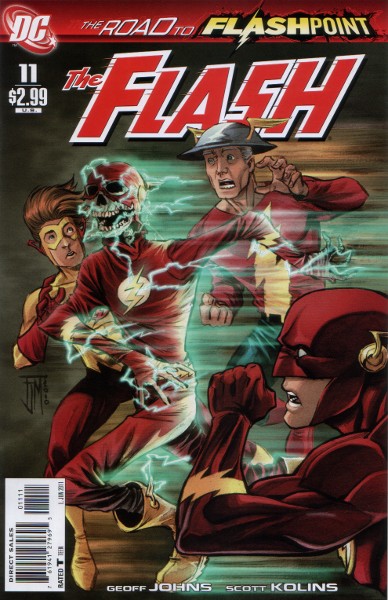
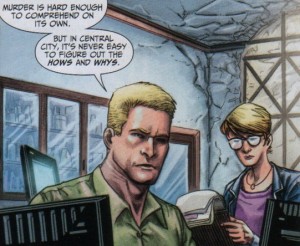 I was disappointed to see that Francis Manapul didn’t draw this issue, though seeing Scott Kolins’ name was a relief. That said, while I normally like Kolins’ art on The Flash, it actually looks rushed, especially on the early pages. I have to wonder how much time DC gave him to draw the issue.
I was disappointed to see that Francis Manapul didn’t draw this issue, though seeing Scott Kolins’ name was a relief. That said, while I normally like Kolins’ art on The Flash, it actually looks rushed, especially on the early pages. I have to wonder how much time DC gave him to draw the issue.
 To be honest, I was really underwhelmed by this one. Fully half the issue was exposition. Not just exposition, but a bunch of guys standing around talking. In a book that’s supposed to be “all about speed.” And the exposition isn’t even really for this storyline, it’s for another story that’s coming up.
To be honest, I was really underwhelmed by this one. Fully half the issue was exposition. Not just exposition, but a bunch of guys standing around talking. In a book that’s supposed to be “all about speed.” And the exposition isn’t even really for this storyline, it’s for another story that’s coming up.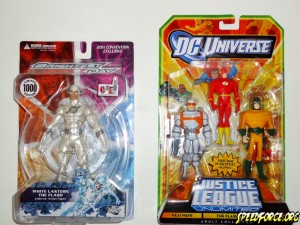
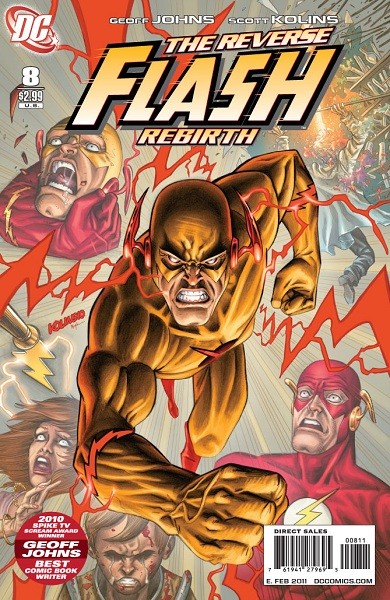
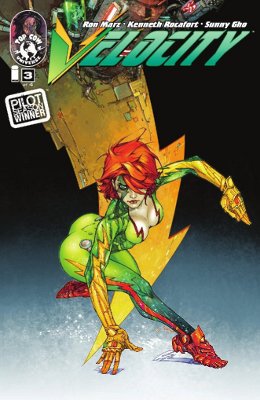
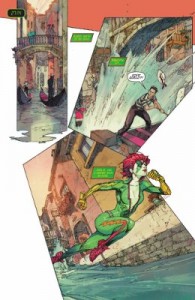 I’m developing mixed feelings about the art, though. On one hand, I love the style, the detail, the expressions, and the creative panel designs. The pages often have a fragmented look that makes the story feel more hurried. On the other, some panels are sexualized enough that they distract from the story. Yeah, it’s Top Cow…but sexiness should serve the story, not detract from it, right?
I’m developing mixed feelings about the art, though. On one hand, I love the style, the detail, the expressions, and the creative panel designs. The pages often have a fragmented look that makes the story feel more hurried. On the other, some panels are sexualized enough that they distract from the story. Yeah, it’s Top Cow…but sexiness should serve the story, not detract from it, right?